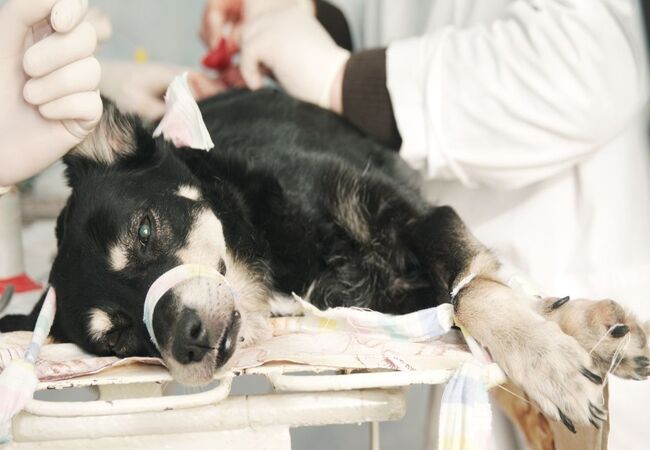Vet‑Approved 2025 Guide: Dog Tumor Removal Surgery – What to Expect & Thrive After 🐶💉

In this article
Vet‑Approved 2025 Guide: Dog Tumor Removal Surgery – What to Expect & Thrive After 🐶💉
By Dr. Duncan Houston BVSc
Removing a tumor from your dog—whether benign or malignant—is a significant step in your pet’s healthcare journey. From diagnosis, surgery, and recovery protocols to long-term monitoring and emotional support, this guide covers every aspect you and your dog need to know, including care tools from Ask A Vet, to enhance their healing experience. 🐾✨
🔍 Understanding Tumors & When to Remove
Dog tumors range from harmless lipomas and histiocytomas to serious cancers like mast cell tumors, osteosarcoma, lymphoma, hemangiosarcoma, melanoma, and transitional cell carcinoma. Removing a mass is typically recommended when it’s growing, causing discomfort, or suspected to be malignant.
🧪 Diagnosis & Pre‑Surgical Workup
- Fine-needle aspirate (FNA): Quick microscopic test to assess cell type; helps distinguish cysts, benign, or malignant tumors.
- Biopsy: Full or partial tissue sample (incisional or excisional) for definitive diagnosis, usually requiring anesthesia.
- Imaging & staging: Chest X-rays, abdominal imaging, or ultrasound check for spread, especially for malignant tumors.
💉 Surgical Types
- External mass removal: Typically involves excising the tumor and a margin of healthy tissue, closing in layers to prevent recurrence.
- Internal tumor removal: More complex surgeries inside the abdomen or chest, often with longer recovery and precision required.
🛠️ What Happens During Surgery
- General anesthesia, with IV catheter/fluids for safety.
- Surgical excision with healthy tissue margins to reduce recurrence.
- Sampling for biopsy/histopathology and evaluation of surgical margins.
- Closure in multiple layers; drains may be placed after larger or high-risk removals.
🏥 Recovery & Aftercare
External Tumor Removal
- Rest for 10–14 days to allow incision healing.
- Use an e-collar or a recovery suit to prevent licking.
- Monitor daily for redness, swelling, discharge, seromas—early veterinary contact if any abnormal signs emerge.
Internal Tumor Removal
- Often requires 10–14 days of strict rest and slow leash walks.
- Monitor appetite, urination within a few hours, defecation within 12–24 hours.
- Watch for vomiting, diarrhea, abdominal distension, lethargy, pale gums—urgent vet care needed.
⚠️ Common Post‑Op Signs to Watch
Post-op red flags include:
- Loss of appetite past the first night, no urination or bowel movement.
- Incision discharge, increased swelling/redness, seroma, dehiscence.
- Signs of systemic illness: vomiting, diarrhea, lethargy, pale gums, labored breathing.
📊 Prognosis & Next Steps
- Histopathology defines malignancy and margin status to guide further treatment.
- Margins are clear: monitor regularly for recurrence.
- Margins incomplete: may require further surgery, chemo, or radiation.
- Internal tumors may need staging via imaging, oncology consult, or multimodal therapy.
🛠️ Comfort & Recovery Tools
- Ask A Vet: Virtual check-ins to share incision photos, clarify meds, or report subtle changes.
📞 When to Contact Your Vet Immediately
- No eating/drinking by the next morning, no bowel movement within 24h, no urination within 6h.
- Incision issues: swelling, discharge, bleeding, opening, extreme redness.
- Systemic signs: vomiting, diarrhea, pale gums, difficulty breathing, high fever, lethargy.
🏁 Final Thoughts
Dog tumor removal—whether external or internal—is a multi-stage journey involving careful diagnosis, skilled surgery, meticulous aftercare, and long-term monitoring. Recovery is smoother and safer when combined with compassionate tools like Ask A Vet. Always consult your veterinary team about next steps after surgery, including additional treatments like chemo or follow-ups. With proactive care and encouragement, many dogs recover beautifully and enjoy happy, healthy lives post-treatment. 🐶❤️






